L.A's Hottest ADU's, Unique Variations, Legal Rules, Income Potential and Our Favorites
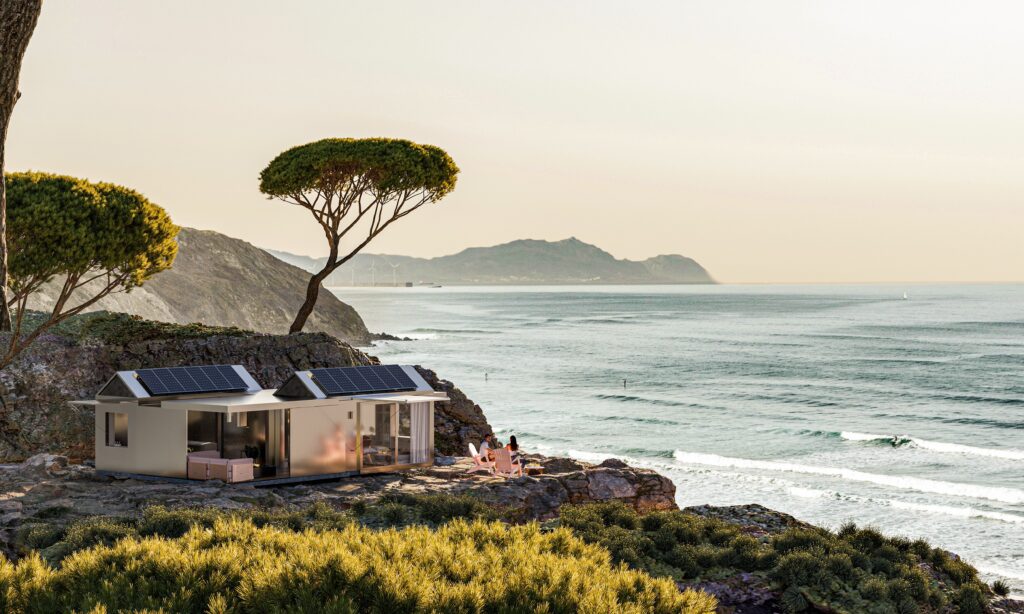
Welcome to the Shelhamer Real Estate Group’s look at Los Angeles ADU variations, Los Angeles ADU Laws, and Los Angeles ADU income, and discuss ADUs as a viable Los Angeles housing solution. L.A’s hottest ADUs, unique variations, legal rules, income potential and our favorites is your go-to-guide for L.A’s hottest ADUs. Let’s get started!
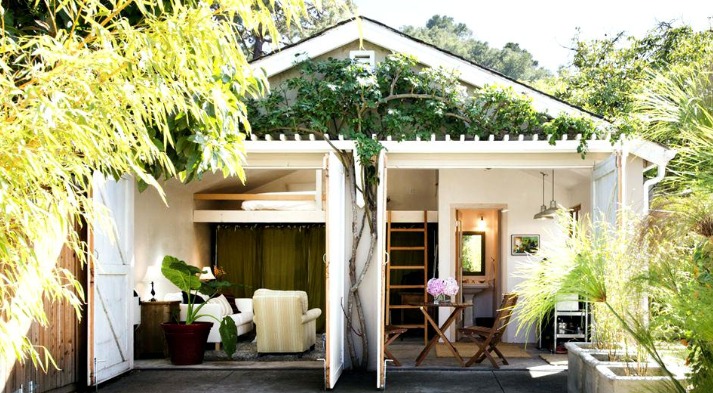
Los Angeles ADU Laws
California is a challenging place to build due to the state’s strict construction regulations. Subsequently housing and affordability remain tight in the region’s building landscape. However, a slate of new laws recently passed allow Californians to build additional living units on existing single-or multi-family properties. These living units, referred to as Accessory Dwelling Units or ADUs, are becoming more popular as they benefit property owners while simultaneously adding to the state’s housing stock. The recent ADU “funding law” is referred to as The California Health and Safety Code (HSC), Section 65583(c)(7). This law requires that cities and counties develop a plan that incentivizes and promotes the creation of ADUs that can be offered at affordable rent for very-low to moderate-income households. Some of the 6 options include State grants and financial incentives including the CALHome Program. Continue reading for more laws.
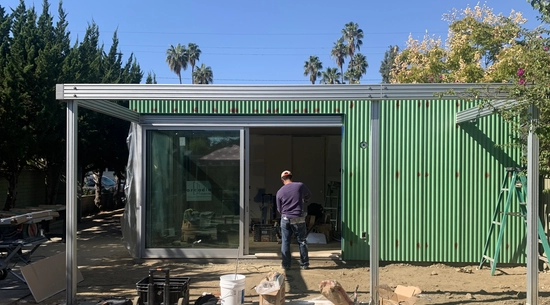
An (ADU) is an attached or detached residential dwelling unit up to 1200 Sqft that provides complete independent living facilities for one or more persons and is located on a lot with a proposed or existing primary residence. It shall include permanent provisions for living, sleeping, eating, cooking, and sanitation on the same lot as the single-family or multifamily dwelling is or will be situated. Accessory dwelling unit (ADU) is a regulatory term for a secondary house or apartment that shares the building lot of a larger, primary home, and there are many Los Angeles ADU variations. The (ADU) unit cannot be bought or sold separately and must meet other requirements as stipulated by applicable life and safety code requirements from the Department of Public Works, Building and Safety Division, and Fire Departments.
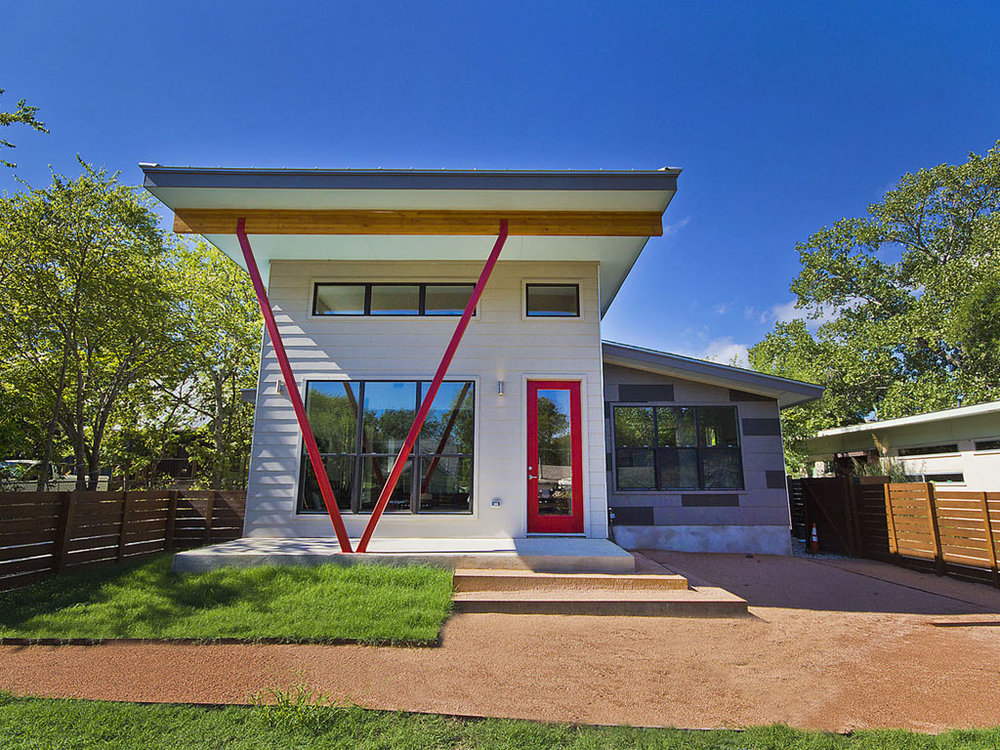
ADUs do not require any ‘discretionary’ approval, meaning that you don’t need approvals from the city planning department, neighbors, or planning boards, as long as you meet the established guidelines. So, getting the right to build an accessory dwelling unit is just a matter of submitting plans to the building department and going through the plan check process to obtain a building permit. ADUs provide a Los Angeles housing solution, and Los Angeles ADU income can reduce your mortgage payment.
It must be in the backyard area and not in front of the existing home. A new detached accessory unit is limited to 1200sqft, while an addition attached to an existing home is limited to the lesser of either 1200sqft or 50% of the size of the existing home. A 400-600sf ADU is ideal for a one-bedroom floor plan and a 600-1200sqft structure is enough to be one or two stories, with up to three bedrooms and multiple baths! An existing garage that is in front of the home may also be converted to an ADU. Or an existing attached garage can be converted to a Junior ADU. A (JADU) Junior Accessory Dwelling Unit is a unit that is no more than 500 square feet in size and contained entirely within a single-family residence. A JADU may include separate sanitation facilities or may share sanitation facilities with the existing structure. The JADU or single-family residence shall be owner-occupied. These are some of the basics parameters to the Los Angeles ADU laws.
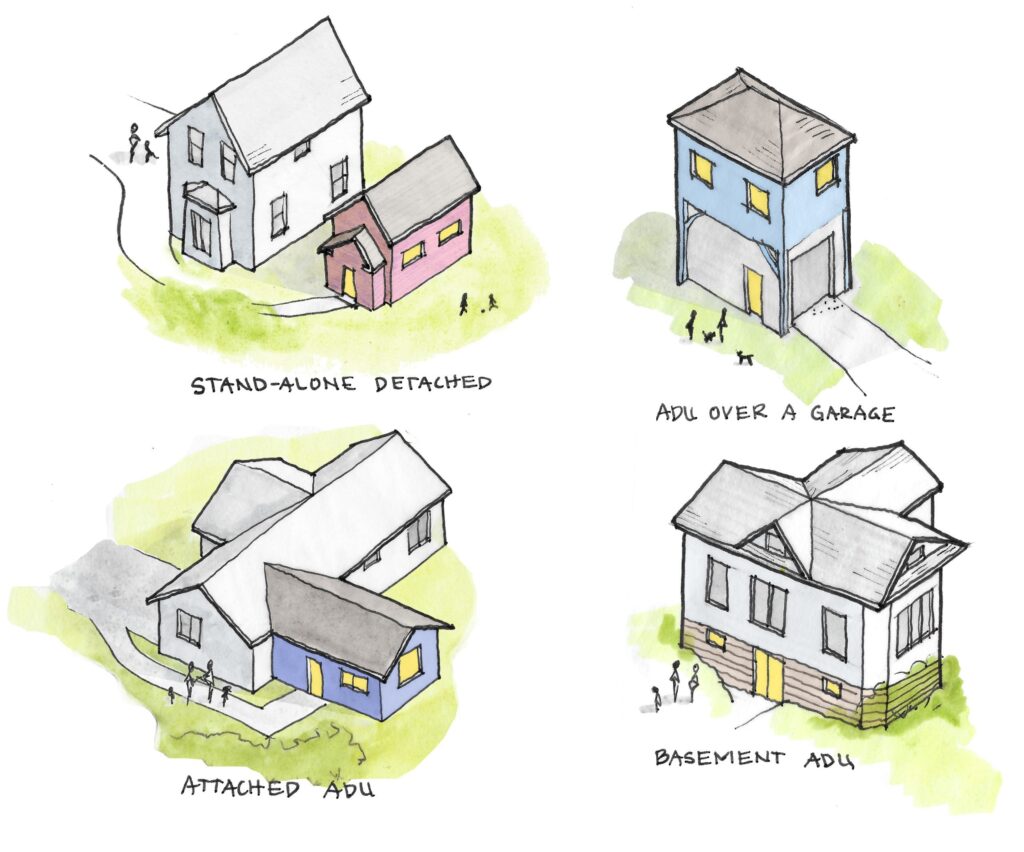
Los Angeles ADU Income
The city of Los Angeles has allowed ADUs on most residentially zoned lots regardless of their size as long as the structure meets the basic restrictions and there is an existing home already on the property. With regard to parking, an ADU is exempt from any parking requirements as long as the property is within one-half mile of public transit.
ADUs are also allowed on multifamily properties such as duplex, triplex, four-plex, and apartment buildings. These properties generally have different guidelines for the construction of ADUs, but they also have the potential to build several ADUs on a single property. A great way to retire early or generate Los Angeles ADU income for your financial portfolio is to downsize yourself and rent out your existing home. If converting an existing detached garage into a JADU, two spots need to be maintained for the existing residence but there can be uncovered spots on a driveway, which can be side-by-side or even tandem. A new accessory dwelling unit must be at least 10’ away from the existing house and garage or it must be attached to either. Also, a new unit must be at least 4’ from both the rear and side property lines. A garage conversion into a living space, however, does not need to meet these setback requirements. These are some of the many Los Angeles ADU income opportunities, and Los Angeles ADU variations that can meet a Los Angeles housing solution, while in compliance to Los Angeles ADU laws.
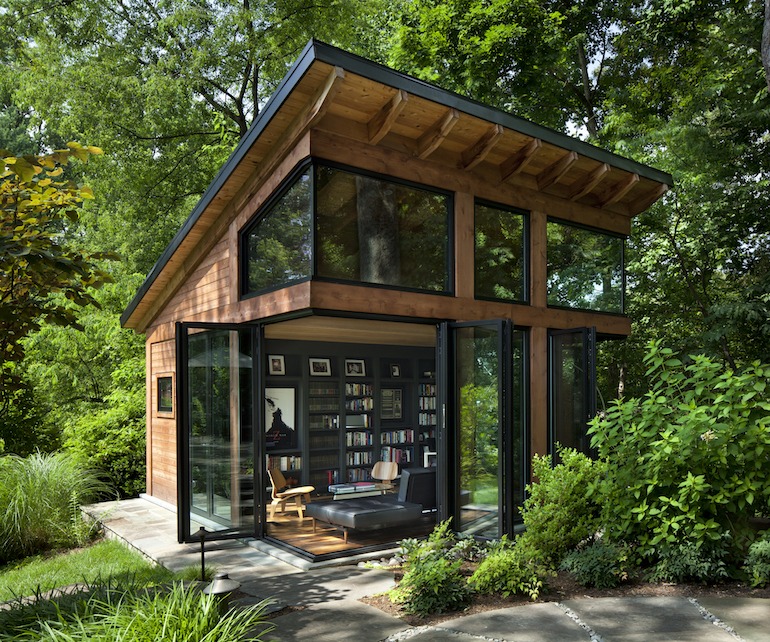
An accessory dwelling unit will vary greatly in cost based on the options and size you choose. As discussed, the most cost-effective option is to convert an existing detached garage. Since the major components already exist, the construction entails items such as constructing the fourth wall (where the garage door is currently), adding the interior components such as interior walls, a kitchen, bathroom, flooring, adding windows and doors, plumbing, electrical, HVAC, insulation, and a new sewer line that will probably connect to the sewer lateral at the front of the main home. The garage conversion is the most popular Los Angeles ADU variation, that provides Los Angeles ADU income and meets a Los Angeles housing solution.
The cost for an ADU garage conversion can usually range from $80,000-$120,000 depending on the homeowner’s requirements. Costs to construct a new accessory dwelling unit can also vary considerably based on size, the number of stories, location, access, but will generally range from $100,000-$400,000. A safe rule of thumb is to assume $250-$400 per sqft, with the bigger the space, the lower cost per sqft. If you’re considering building up for a 2-story ADU, costs will go up considerably as well, and so can your rental income with a rooftop deck! Understanding the Los Angeles ADU laws, and Los Angeles ADU variations can help you earn Los Angeles ADU income sooner than you think.
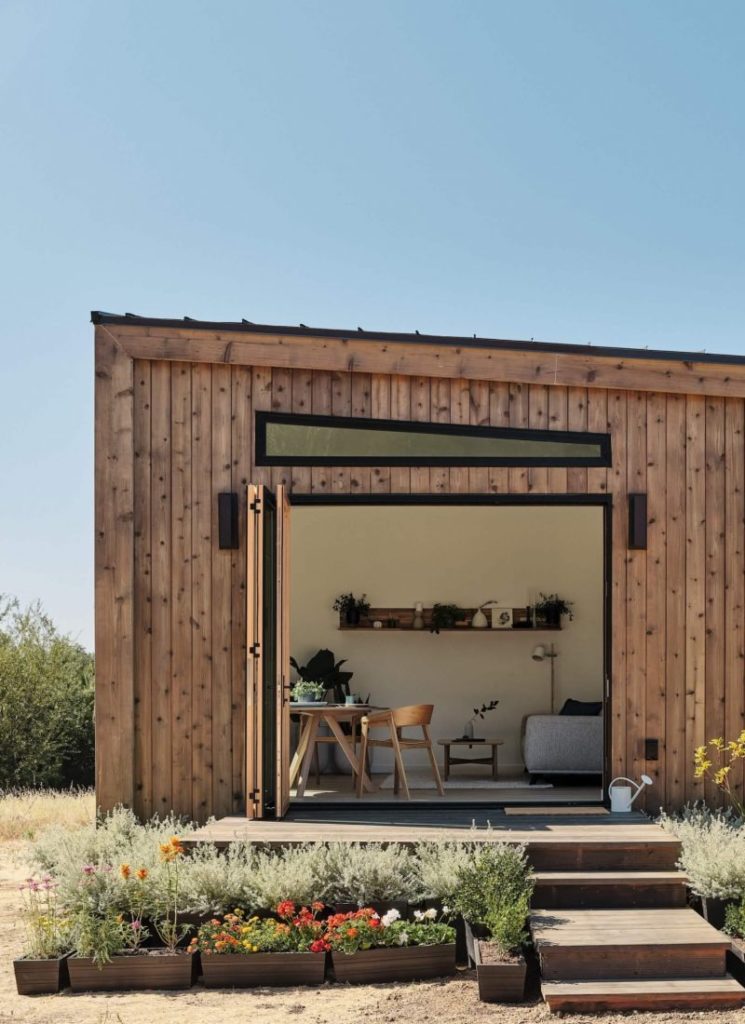
Los Angeles ADU Variations
A (MTH) Moveable Tiny House is an enclosed space intended for separate, independent living quarters of one family and meets all of the following:
- Is licensed and registered with the California Department of Motor Vehicles;
- Meets the American National Standards Institute (ANSI) 119.5 requirements or the National Fire Protection Association (NFPA) 1192 standards, and is certified for ANSI or NFPA compliance. A 3rd party inspection agency (Design Approval Agency/Quality Assurance Agency) shall certify the MTH meets this requirement (List of approved 3rd party Design Approval Agencies (DAA) and Quality Assurance Agencies (QAA));
- Cannot move under its own power;
- Is no larger than allowed by California State Law for movement on public highways; and
- Is no smaller than 150sqft or larger than 430 sqft as measured within the exterior faces of the exterior walls.
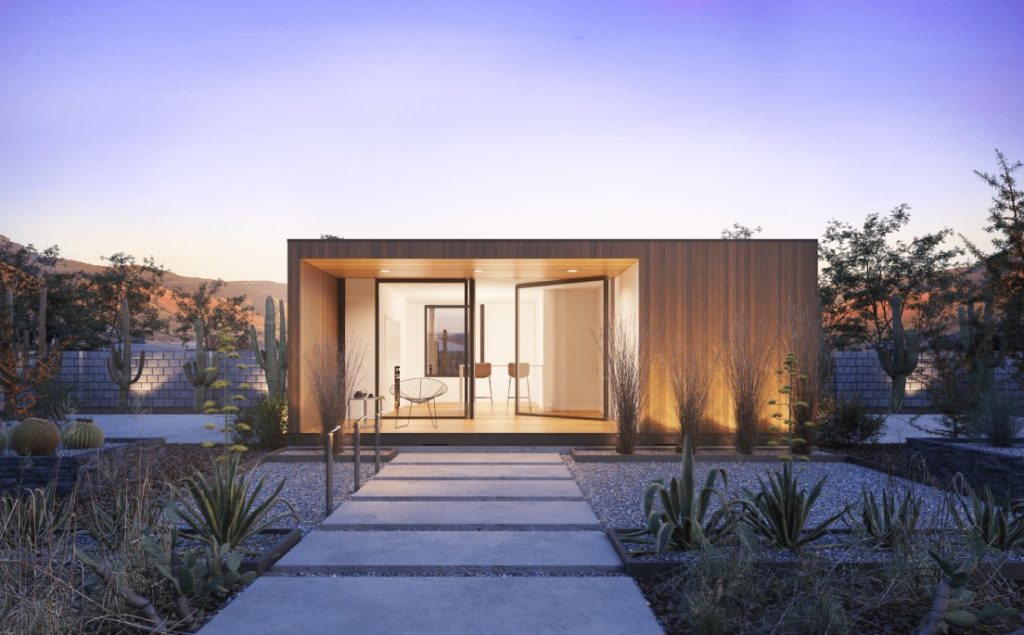
ADUs, JADUs, and MTHs are allowed in any zone that allows for residential use by right. Parking for a newly constructed ADU is not required when it is located within one-half mile walking distance of a public transit. Replacement parking is not required when covered parking is removed in conjunction with the construction of the ADU. ADUs are required to comply with all applicable zoning, building, and residential codes. Fire sprinklers are not required if they are not required for the primary residence. Solar panels will be required for newly constructed, detached ADUs. Los Angeles ADU laws are vital to adhere to because there are many different Los Angeles ADU variations to meet the Los Angeles housing solution in your neighborhood. These areas are important facets of Los Angeles ADU laws.
Junior Accessory Dwelling Units (JADUs) are allowed to be created within the walls of a proposed or existing single-family residence and shall contain no more than 500 square feet. JADUs may share central systems, contain a basic kitchen utilizing small plug-in appliances, and may share a bathroom with the primary dwelling, all to reduce development costs. JADUs present no additional stress on utility services or infrastructure because they simply repurpose existing space within the residence and do not expand the dwelling’s planned occupancy. Below is the Los Angeles Department of Building and Safety (LADBS) implemented Standard Plan Program to streamline the process of ADUs for mass adoption to minimize our current housing shortage. Some of these may provide a Los Angeles housing solution, and all will be Los Angeles ADU income-generating. Keep scrolling to see L.A.’s hottest ADUs!
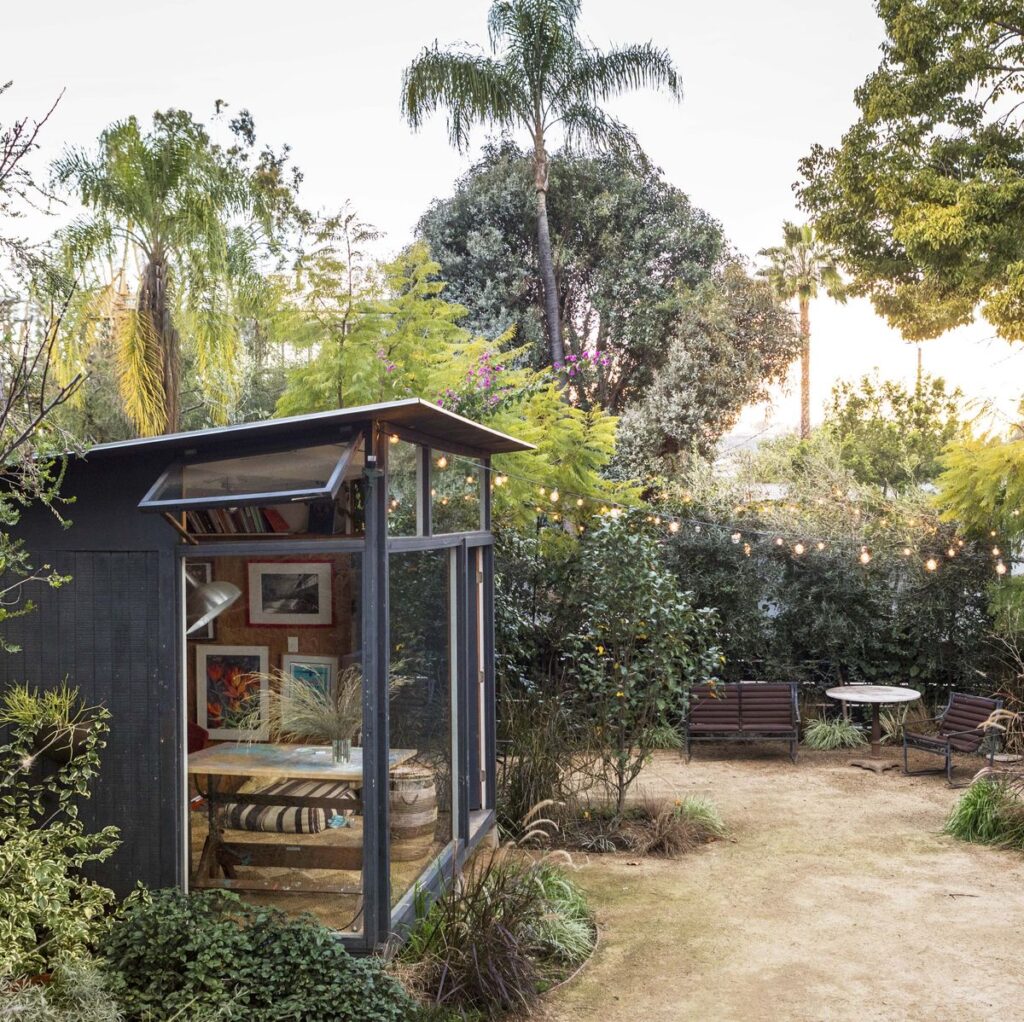
Los Angeles ADU Variations
Back in March of 2021 the Los Angeles Department of Building and Safety (LADBS) implemented the Standard Plan Program to provide LADBS customers a simplified permitting process for the design and construction of ADUs that are built repeatedly. The use of standard plans reduces the time required for plan check resulting in faster permit issuance.
Under the Standard Plan Program, plans are designed by private licensed architects, and engineers to accommodate various site conditions. Plans are then reviewed and pre-approved by LADBS for compliance with the building, residential, and green codes. When the applicant selects an approved standard plan, LADBS staff will review site-specific factors for your property, including compliance with the Zoning Code and foundation requirements.
For standard plans approved with roof decks, the roof decks may require additional setbacks in specific zones. A roof deck? Now that is a great Los Angeles housing solution!
L.A's Hottest ADUs!
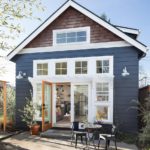
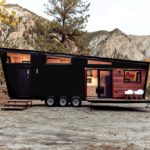
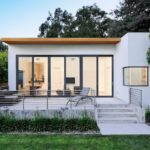
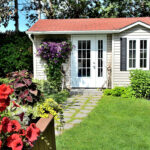
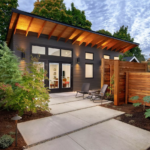
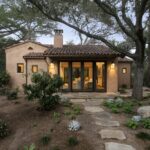
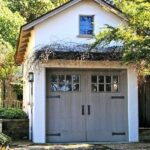
LA’s Hottest ADUs Favorites
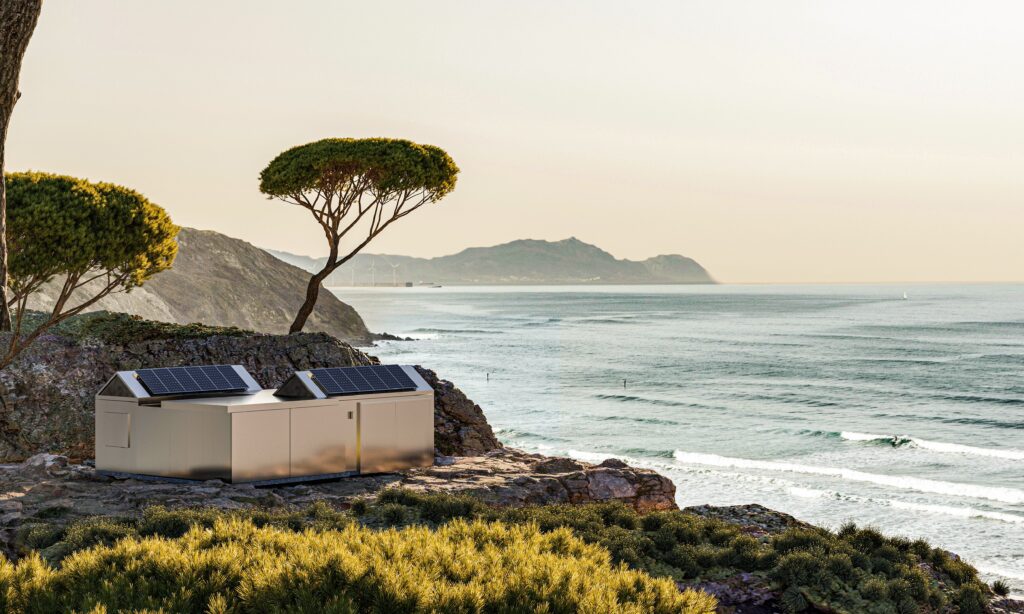
When Southern California was ravaged by the destructive Woolsey Fire in November 2018, many families were left to scavenge through the charred remains of what used to be their homes. Local architect Doug Burdge and builder Nate Garnero came up with an idea of how they could help these families. That idea became Buhaus Container Homes. Based in Malibu, California. There were a lot of homes during the fires that had shipping containers they used for storage on their properties,” Burdge explains. “The containers didn’t burn down because of the steel, but everything in them did.” The name derives from the 20th century German architectural movement Bauhaus which they combined with Malibu to arrive at Buhaus. Continue reading more about L’A’s hottest ADUs and Los Angeles ADU laws and Los Angeles ADU income opportunities.
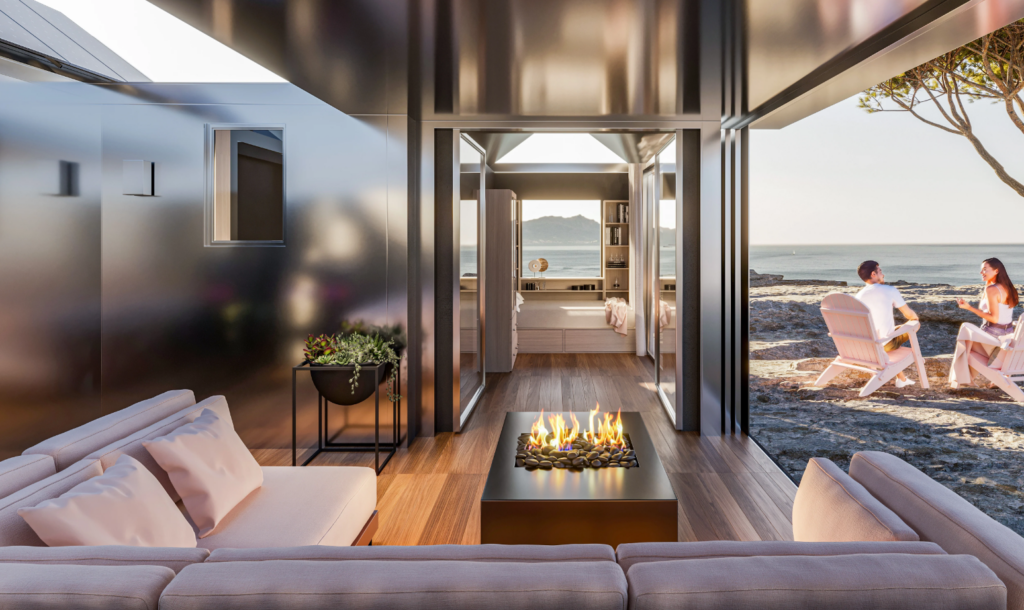
Inspired by years of experience repurposing shipping containers as well as the Malibu residents’ structural needs after the fire Buhaus was born. The brands major focus is creating a minimalist space to live and work in, marrying luxury and utility in everything they do to create a more beautiful and useful world. At 160 sqft, Buhaus is comfortable, customizable and compact and is equipped with a bedroom and bathroom space. Buhaus structures are likewise characterized by linear and geometrical forms and feature savvy design, fire resistant materials, and off-grid capabilities.
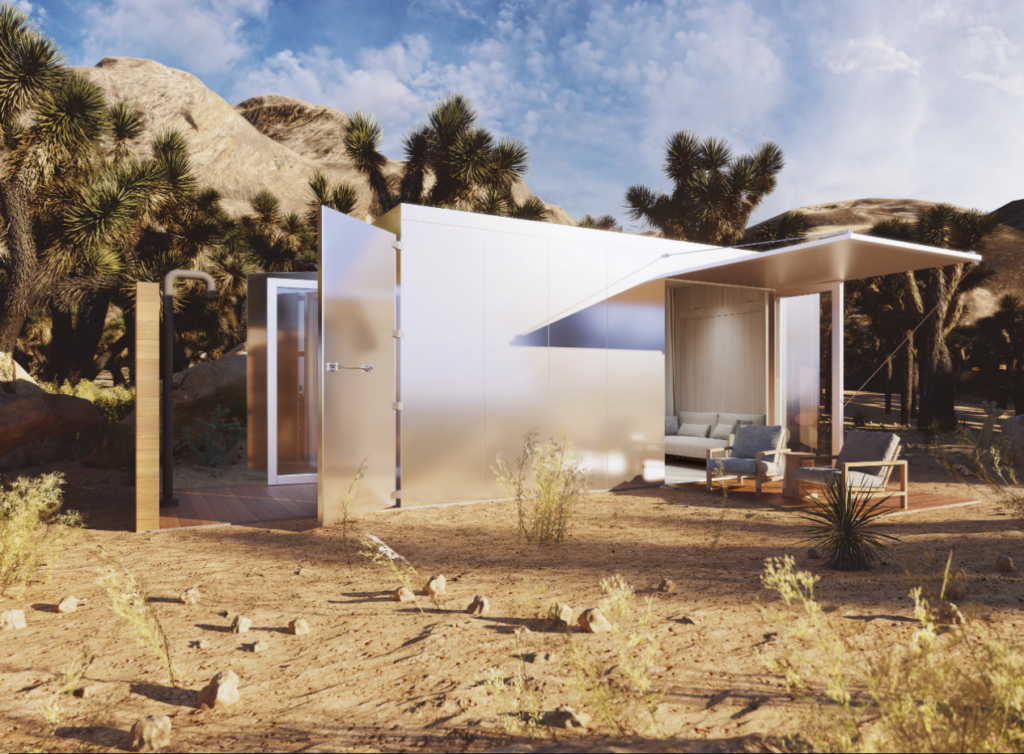
Every Buhaus unit comes with a custom Murphy bed with integrated storage on all sides to maximize space. “We look at our unit as if someone was staying in a very cool hotel room,” says Burdge. “It has everything they could need: a bed, sitting area, closet, mini bar, bathroom, and an incredible outdoor shower experience.” Burdge and Garnero designed the Buhaus with an air gap between the outer aluminum skin and inner steel frame, inhibiting the transfer of heat by causing the sun to reflect more off the exterior. “It’s really for climate purposes,” Burdge says, adding that the Buhaus can go off-grid with alternative energy. “If somebody wants to be in a field and have a generator and a solar panel, they can.”
More of L.A's Hottest ADUs
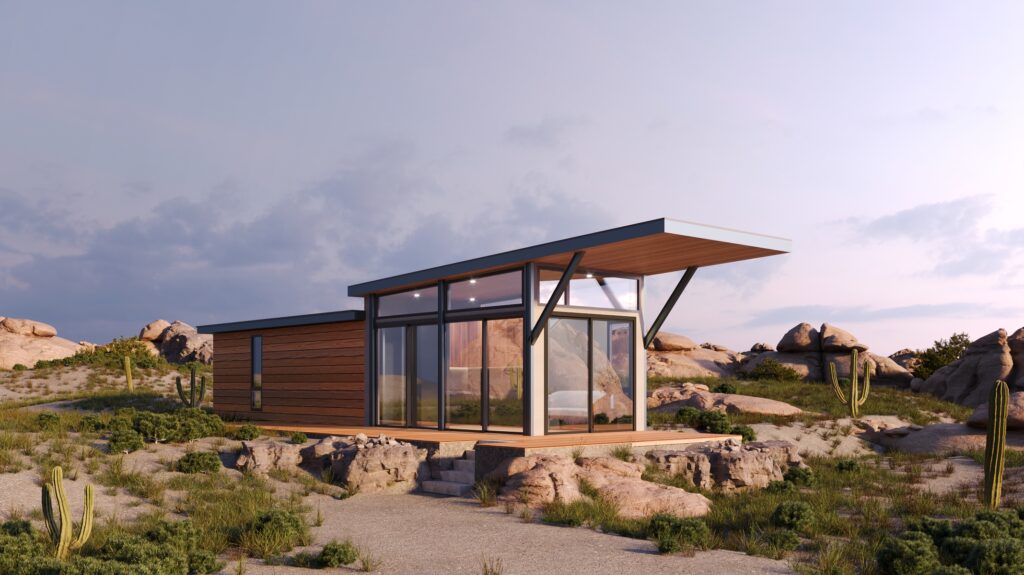
Founder and CEO, Jamie Mackay, was raised in Jackson Hole, Wyoming. His father worked in log cabin construction, which instilled in Jamie at a young age the value of quality construction that is built to last. Jamie’s original intention was to buy a Recreational Park Trailer. Touring multiple companies, he realized that nothing was being produced that met his high standards. With this experience as his impetus he set out to create the next generation of Park Model Homes. His intention was to provide the same quality and durability as the log cabins he grew up with, while incorporating his values of green production and modern design. The finished result is Wheelhaus.
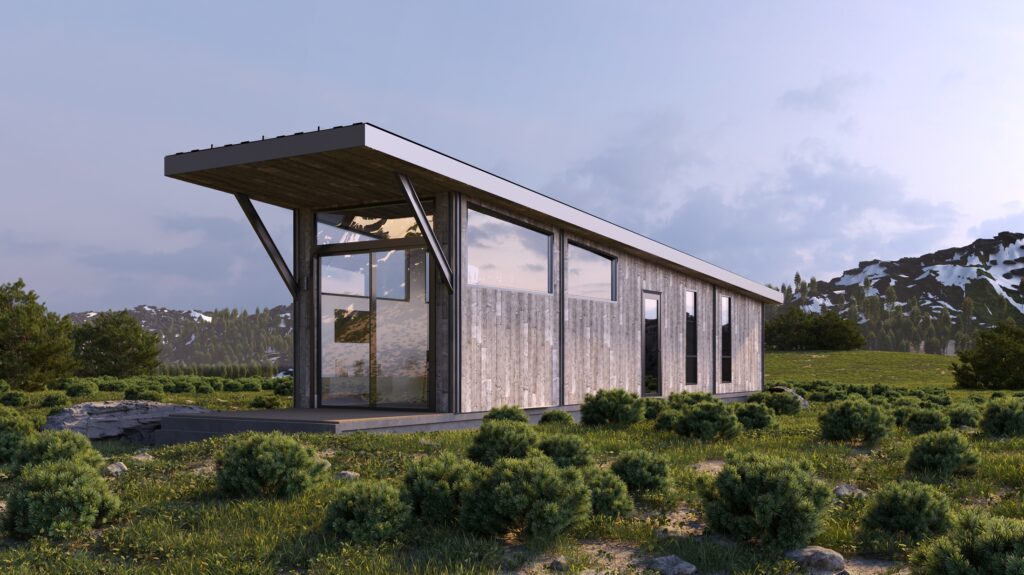
Wheelhaus creates an amazing sense of size and space with well-designed floor plans on a smaller footprint. The high ceilings, oversized windows and eight foot doors featured throughout all models make the homes feel larger. By utilizing more windows, each home brings the outdoors in by providing lots of natural light. With multiple entry points, Wheelhaus homes can be installed on almost any site configuration. Adding an outdoor deck can double your indoor/outdoor living space providing a large entertainment and barbeque area.
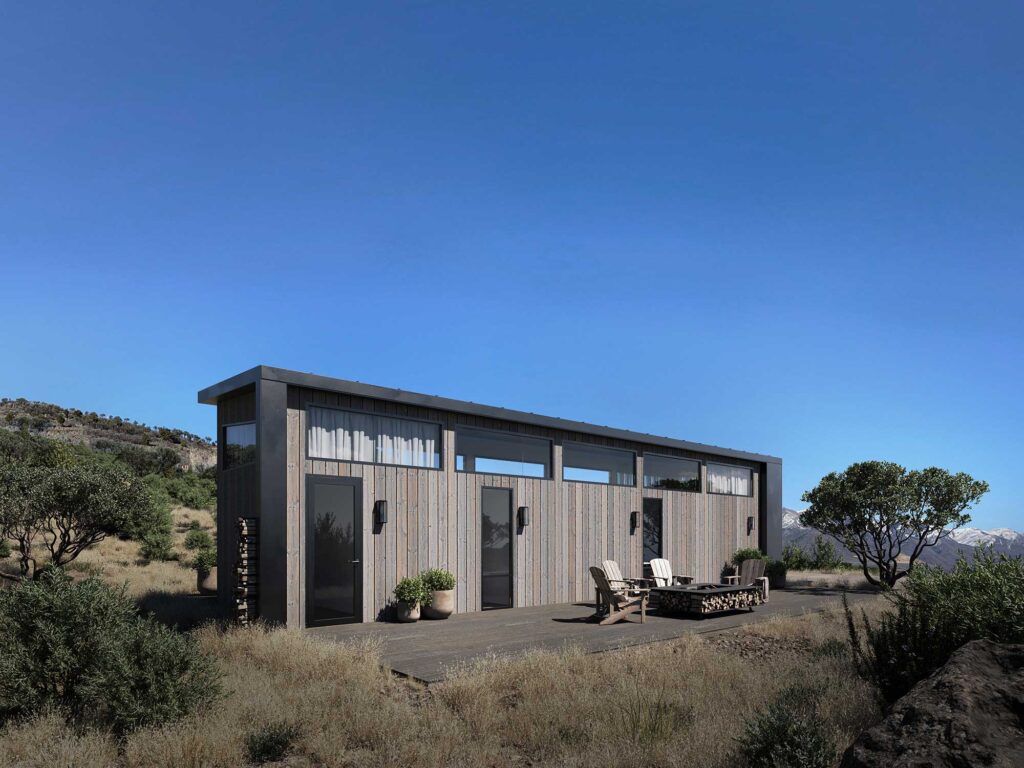
Designed to withstand hurricane winds and heavy snow loads, Wheelhaus homes can be placed virtually anywhere. High R value insulation makes their homes incredibly energy efficient which reduces impact on the environment. All Wheelhaus cabins exceed the requirements for the gold standard with the U.S. Green Building Council.
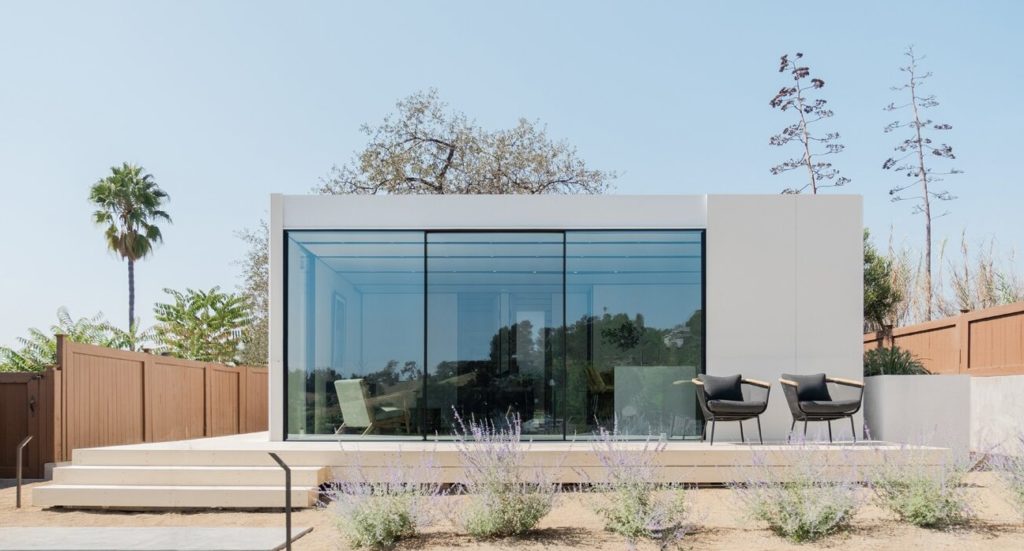
In 2014, Canadian Alexis Rivas and Ethiopian Jemuel Joseph were architecture students at The Cooper Union for the Advancement of Science and Art in New York. What the two of them realized was that building a high quality home was both time-consuming and expensive, primarily due to the fact that one needed an army of subcontractors and workers with specialty traits that had to coordinate with each other. This led both of them to ask themselves: ‘why aren’t homes built in a factory?’ “Almost any other product in our lives, like cars, electronics, clothing or furniture is built in a factory,” Rivas says. “As a result of that these products are of high quality, are abundantly available, and are of great value.”
So, in 2014 Rivas and Joseph teamed up and started Cover, a company that designs, engineers, manufactures and installs backyard studios right here in Los Angeles! Their investors share the same vision for the future of home building, and bring a wealth of experience in building world-changing companies to Cover. Some of their biggest investors include Founders Fund (first investors in Facebook and early investors in SpaceX) and Lennar Corporation (the largest homebuilder in the USA).
More of L.A's Hottest ADUs
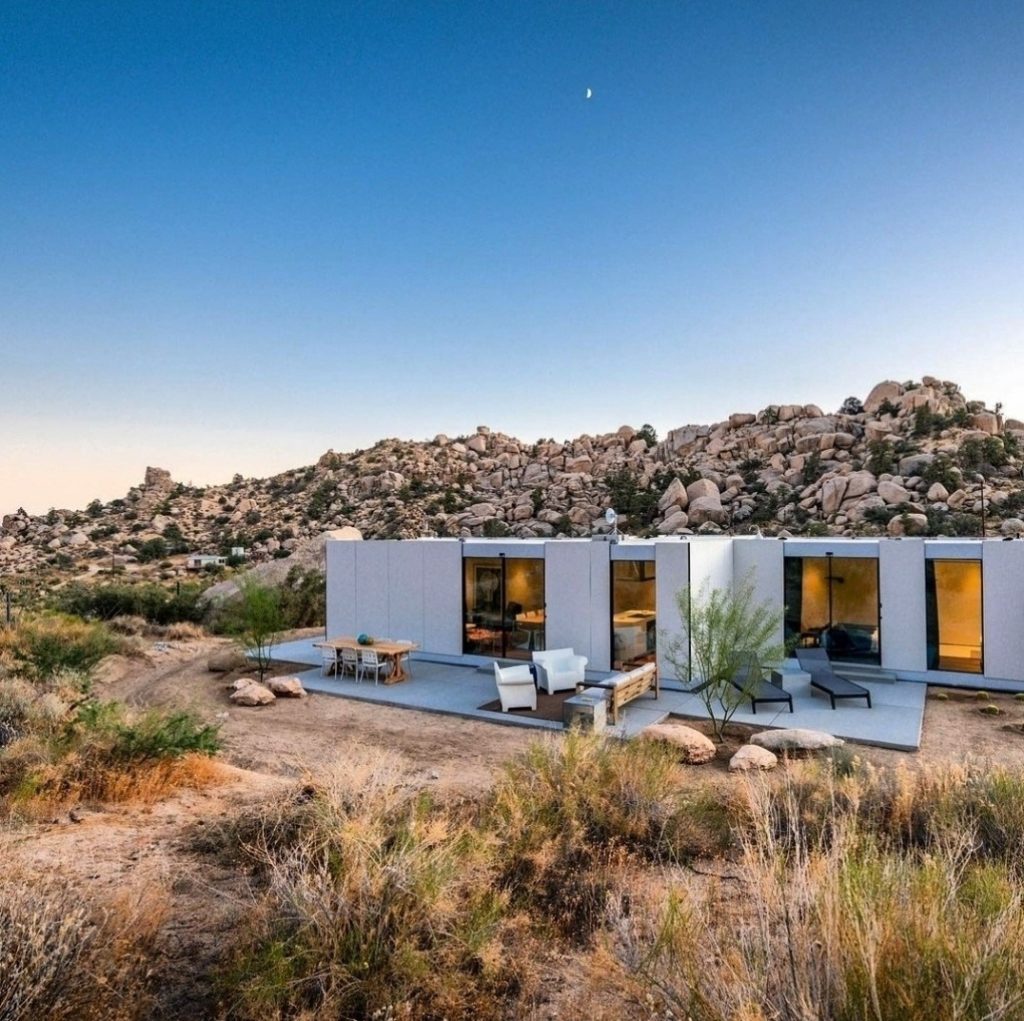
Their software creates a digital 3D model of each custom Cover down to the screw. So even though each Cover has a unique floorplan, they know exactly how to build it every time. That’s how they are able to give you guaranteed upfront pricing for custom designs. They then manufacture your home in our Los Angeles factory using the latest in high-precision quality-controlled manufacturing processes more commonly found in the automotive industry.
Cover sees today that most homes are still built on site piece by piece with stick-framing, hammers, and nails. Conventional home building is slow, unpredictable, and expensive, this hasn’t changed in 100 years. The conventional construction industry is broken it’s an incredibly fragmented and inefficient building process that requires architects, engineers, consultants, material suppliers, general contractors, and subcontractors such as electricians, plumbers, framers, kitchen installers, and painters. This results in an extraordinarily expensive, time-consuming, and unpredictable build process, and makes progress and innovation difficult. The future has been in the present for some time and philosophy aside this company is laying the foundation to be a key Los Angeles housing solution.
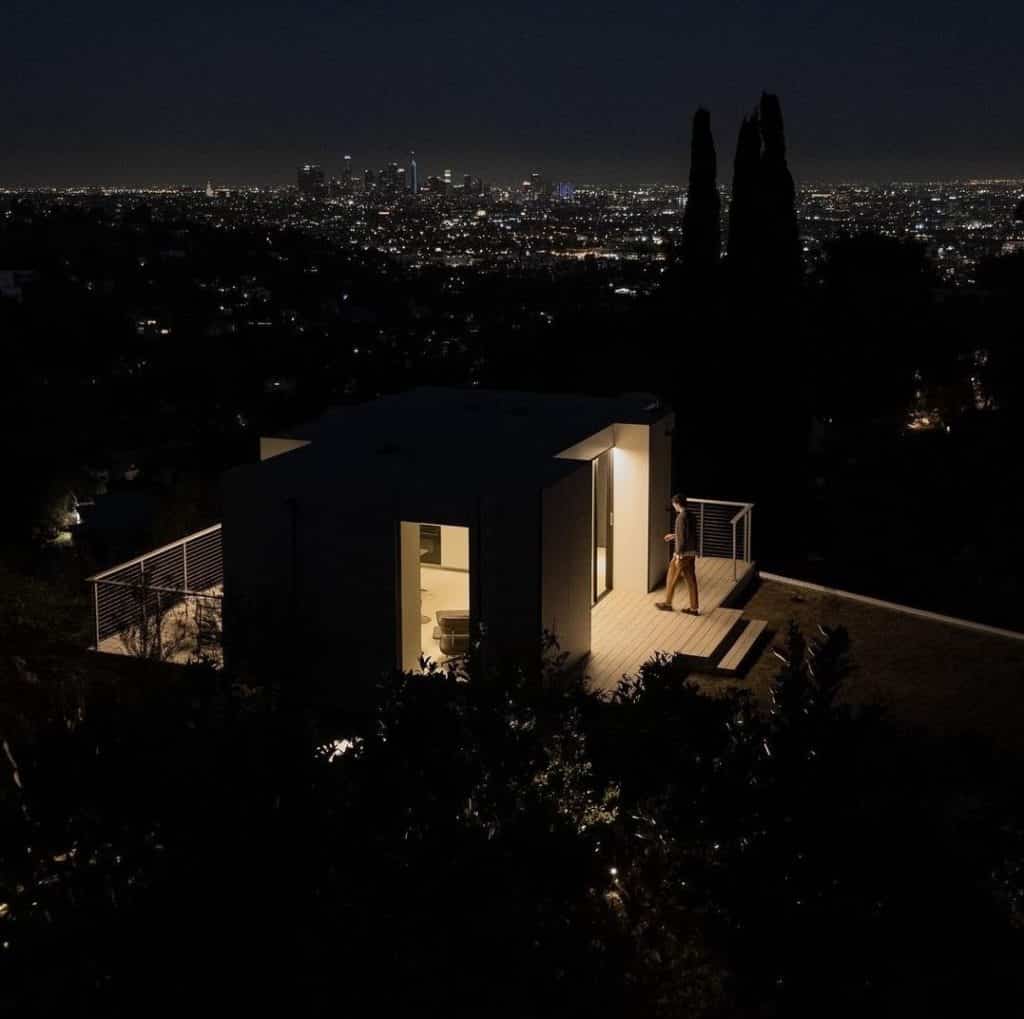
Cover recently opened showroom in Silverlake California (pictured above) which was built over a custom private carport and features a wrap-around deck, integrated dark wood exterior finish system, and custom dimmable exterior lighting.
Cover is a single point of contact throughout the entire building process: from zoning research and design, right until you’re ready to move in. They design, engineer, permit, manufacture, and install your backyard home.
A world where Cover has succeeded is a world where everyone lives in thoughtfully designed and well-built homes that are tailored to each person and property. Where homes are inspiring, functional, and enhance their environment, not consume its resources. A world where the spaces we inhabit improve our lives.
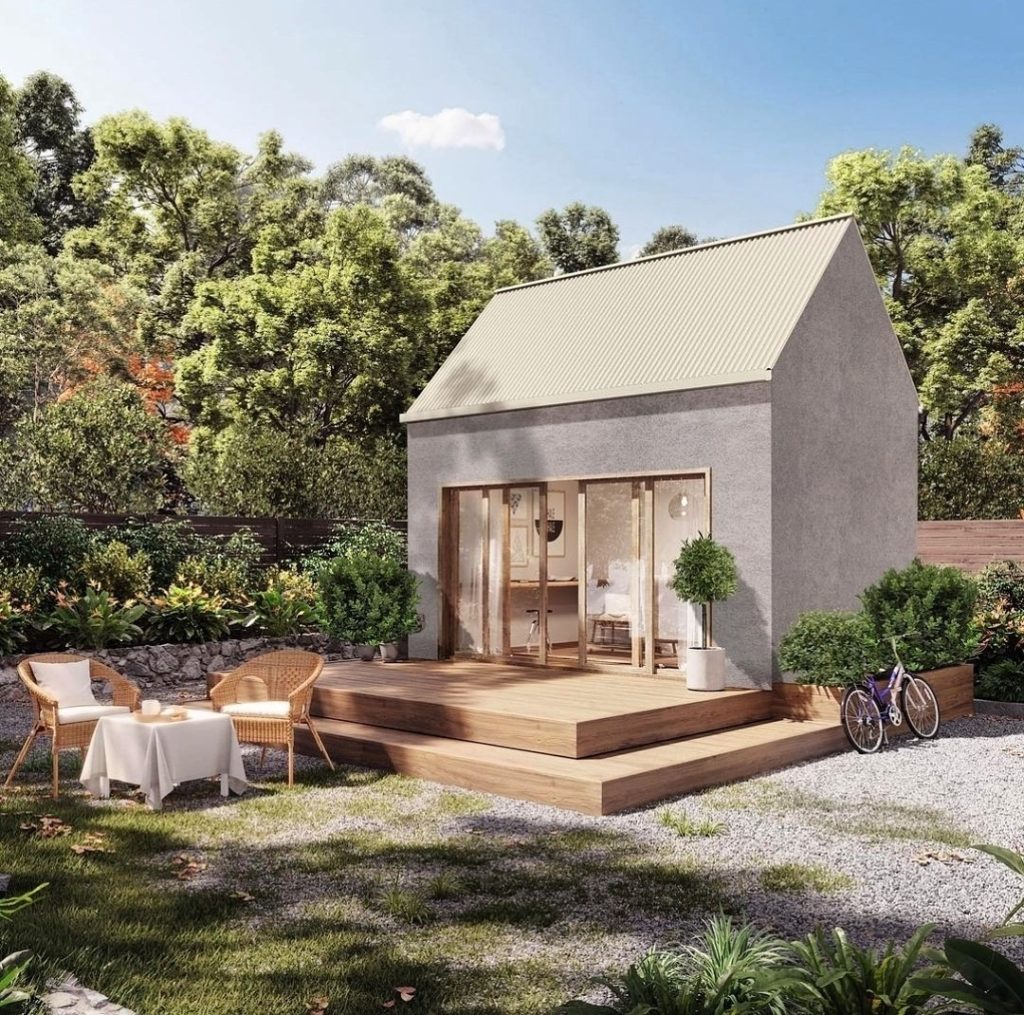
COEXIST Build is a design firm owned and operated by wife and husband team Anastasiya Konopatskaya and Drew Oberholtzer whose focus is on designing healthy, environmentally friendly buildings and supplying the industry with healthy building materials, such as hempcrete blocks and hemp batt insulation.
Coexist Build is a licensed architect-led company that is determined to revolutionize conventional construction practices and bring healthier options to the market. They use hemp batt and hemp block for insulation. easy to install, hemp walls will bring an earthy feel, excellent properties and a comfort of knowing that these walls promote both physical and mental wellness.
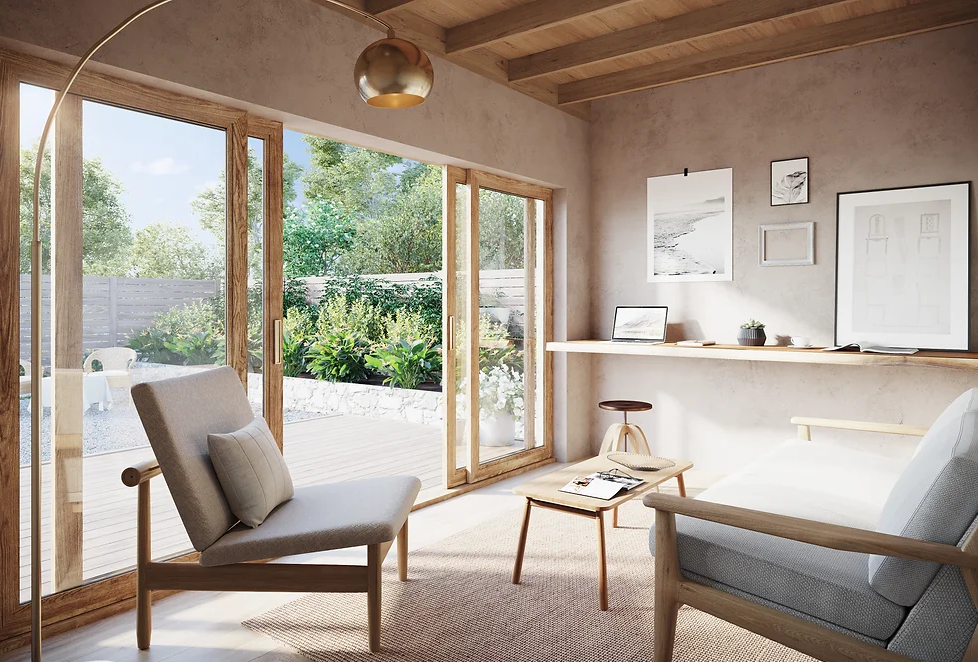
We develop systems that create an ecosystem where the natural world can coexist with humans in a clean and healthy way because our systems give back. We believe there is more to be explored and we operate a research and development facility to innovate and create new materials and systems that work. These are designed with you in mind. They are healthy, simple, and sustainable.
They work with local craftsmen and wood sourced from FSC sustainable forests to form the skeleton with timber frame, joined with mortise, tenon and wooden pegs. “Raising the cabin will be reminiscent of a barn raising, an event for the family to cherish and remember.”
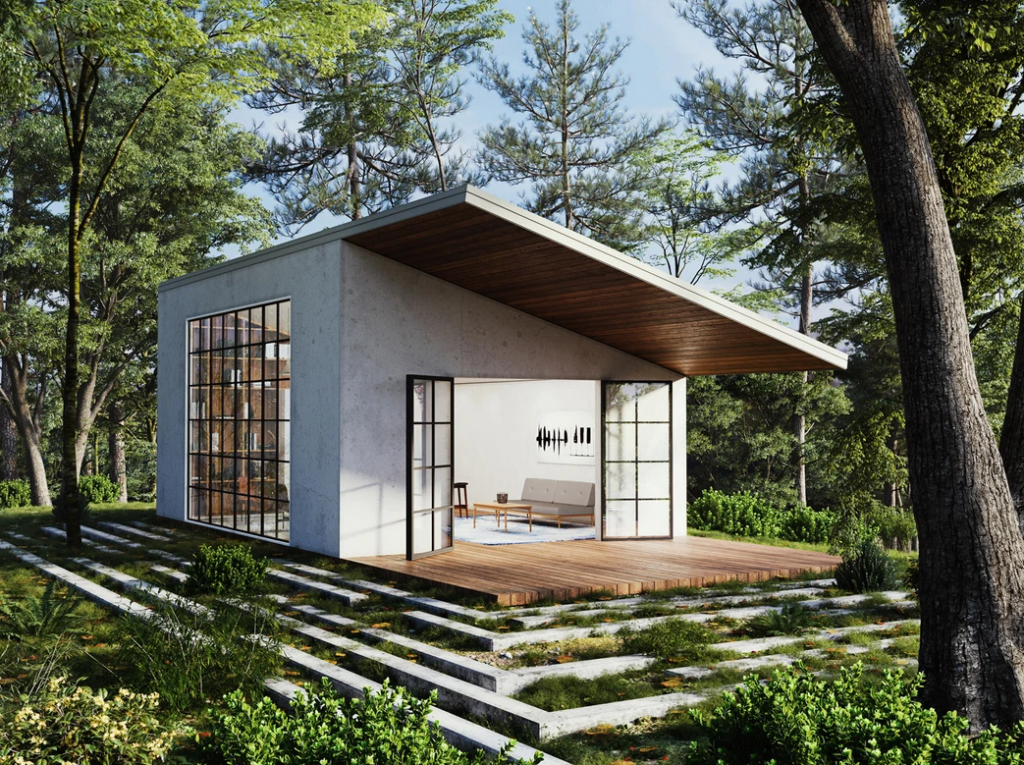
Every kit comes with the following:
- Illustrated instructional manual
- All parts identified and labeled for construction ease
- Knocked down doors and windows to be assembled on site
- All timber frame members with wood and metal joinery
- All exterior cladding
- All interior cladding
- Hemp Block (optional)
- Hemp Blanket batt insulation
- Metal Roof
- Indoor air quality sensor and a 12-month subscription
- A mallet
- 2 sets of 24×36 drawings
The kit starts at $26,900 plus tax and shipping. This kit offers tremendous possibilities for Los Angeles ADU income!
Thank you for reading L.A.’s Hottest ADUs, Unique Variations, Legal Rules, Income Potential, and Our Favorites! I hope that you got a closer look at Los Angeles ADU variations, Los Angeles ADU Laws, and Los Angeles ADU income, and enjoyed the discussion of ADUs as a viable Los Angeles housing solution. L.A’s hottest ADUs, unique variations, legal rules, income potential and our favorites is your go-to-guide for L.A’s hottest ADUs. and I hope that you enjoyed a glimpse into the world of accessory dwelling units here in Los Angeles California. If you would like to continue this discussion as a developer, a buyer shopping for a home with an ADU, or looking to list your home with an ADU please reach out. I am an ADU Certified local Los Angeles real estate expert available 7 days a week.
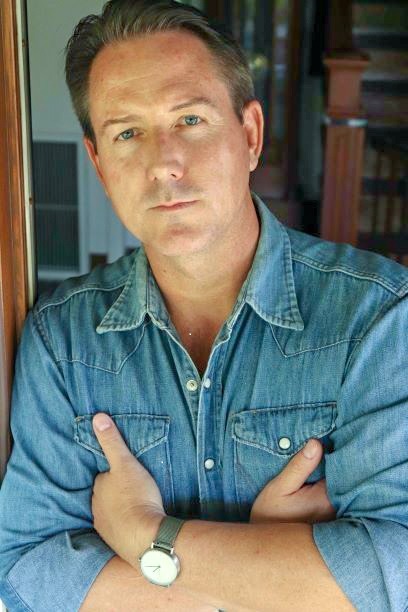
As a Los Angeles realtor and Angeleno, I have seen the ebbs and flows of several real estate markets. I continue to have my finger on the pulse of the emerging neighborhoods and have a focus on both the preservation of architecturally significant properties while being a steward of green architecture and new modern development to help ease our strain on the lack of housing inventory.
I am a Senior Real Estate Specialist (SRES®) holding certifications in Probate and Trust Sales and Accessory Dwelling Units. My marketing and negotiation skills, combined with community outreach have helped me build a solid reputation with my clients.
I continue to empower my clients with this knowledge, helping them get closer to building wealth and financial independence.